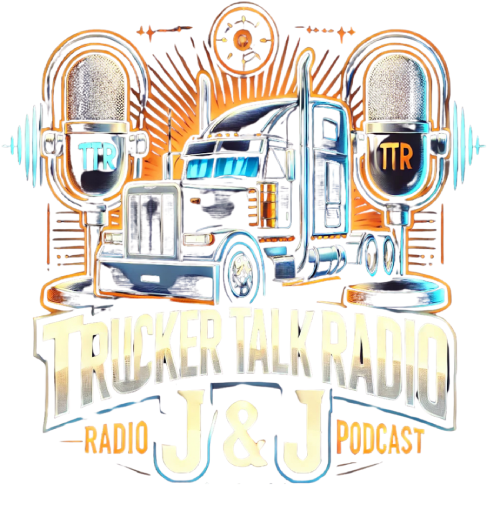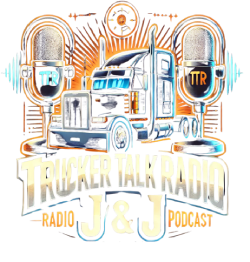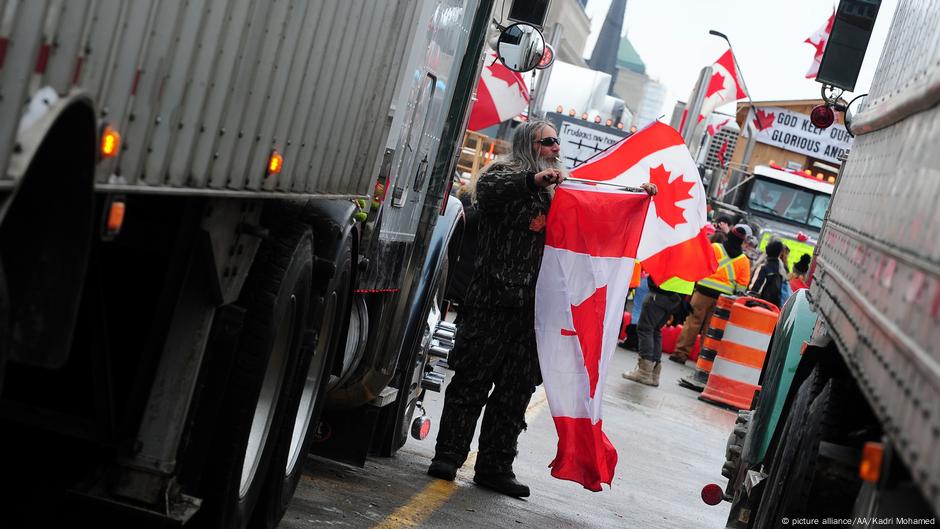For almost two weeks, Canada’s quiet capital has been taken over by a group of disruptive protesters opposed to the nation’s COVID-19 policies. In late January, amidst freezing temperatures, demonstrators with honking horns descended upon the city, parking their vehicles throughout downtown Ottawa. Their presence has caused traffic disruptions, business closures, and harassment of locals.
Now, the “Freedom Convoy” protests have extended beyond Ottawa, causing traffic blockages and trade interruptions at North America’s busiest border crossing.
This movement has resonated globally, motivating similar protests in countries such as the US, France, Australia, and New Zealand. In response to the situation, Ottawa’s mayor declared a state of emergency on Sunday, while police, overwhelmed by the number of protesters, described the occupation as a “siege.”
Origin of Vaccine Mandate Opposition
The “Freedom Convoy” began in late January in reaction to new vaccine mandates for cross-border truck drivers, established by both Canada and the US. Although roughly 90% of truckers are vaccinated, a minority expresses concern about losing their employment due to their unvaccinated status.
What began as a protest against vaccine mandates quickly evolved into a broader critique of pandemic restrictions and other right-wing grievances. Many leaders of the convoy have previously shared far-right ideologies, including Islamophobic and white nationalist views.
Despite over 80% of Canadians being vaccinated and a majority of the population supporting COVID-19 measures, recent polls indicate that this support is waning. Hundreds of vehicles joined the convoy on its journey across Canada, culminating in their arrival in Ottawa on January 28.
Link to Far-Right Extremism
Some protesters have displayed Nazi symbols and racist flags, which Prime Minister Justin Trudeau has dismissed as representative of a “small fringe minority.” However, experts argue that there are strong connections between the trucker convoy and a broader coalition of international far-right extremism.
A GoFundMe campaign for the convoy raised approximately $7.6 million before it was taken down and the donations reimbursed, with a significant portion believed to come from anonymous American far-right contributors. Social media is also leveraged to boost the visibility and influence of these far-right elements within the convoy, creating the illusion of a larger presence than reality suggests.
Concerns for Community Safety
Residents like Natalie Lyle have reported feeling unsafe since the convoy’s arrival. Living with her family in downtown Ottawa and working at a vaccination clinic, she feels threatened by the proximity of the protest and expresses fear of harassment when venturing outside. Her anxiety increased upon seeing anti-vaccine figures, such as Romana Didulo, participating in the protests near her home, leading her to worry about the safety of vulnerable populations like children visiting vaccination clinics.
Residents’ Worries and Business Impact
Residents have reported various issues, including fireworks, protesters obstructing streets, and public disturbances, such as the use of alcohol and makeshift toilets on the streets. The noise from incessant honking also created sleep disturbances until a local court intervened. Local businesses have suffered, with nearly half of them closing temporarily due to the protests and many reporting financial losses.
Business owners like Stewart Cattroll have implemented safety measures amid rising tensions caused by unruly protesters demanding the removal of masks. As the conflict lingers, residents express frustration at the local police and government for their perceived inability to restore order.
Divided Public Opinion
While a recent poll indicates strong support among Canadians for increased restrictions on the unvaccinated, almost a third of the population has rallied behind the “Freedom Convoy.” Some organizers are associated with fringe right-wing groups, but many protesters maintain that the disruptive elements of the movement constitute a minority. Individuals like Betty Lee McGillis, participating in the protest with her grandchildren, argue that they are fighting for their freedoms, equating the protests to historical struggles for rights.
Continued Tensions Ahead
On Wednesday, police threatened to arrest anyone responsible for further disruptions in downtown Ottawa. The force has requested 1,800 additional officers for support. Recently, they reported making 22 arrests, issuing over 1,300 tickets, and examining 79 ongoing criminal investigations. Meanwhile, Prime Minister Trudeau continues to advocate for COVID-19 restrictions and criticize the protests, noting that blockades at border crossings are detrimental to Canada’s economic recovery. He emphasized the unacceptability of illegal demonstrations and their negative impact on businesses and manufacturers.


